50+ SAMPLE Usage Agreement
-
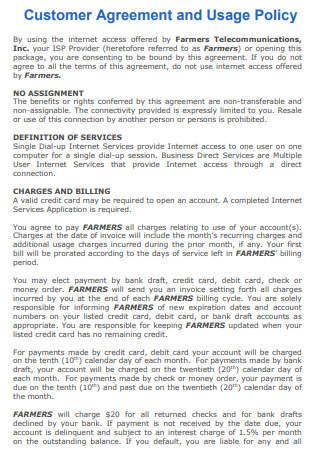
Customer Agreement and Usage Policy
download now -

Provider Site Usage Agreement
download now -
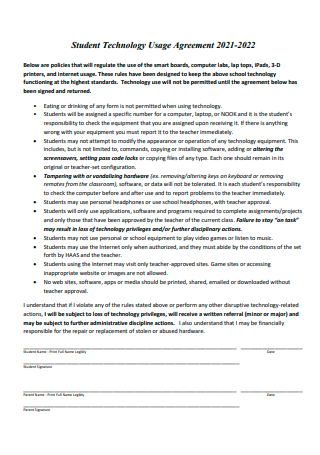
Student Technology Usage Agreement
download now -
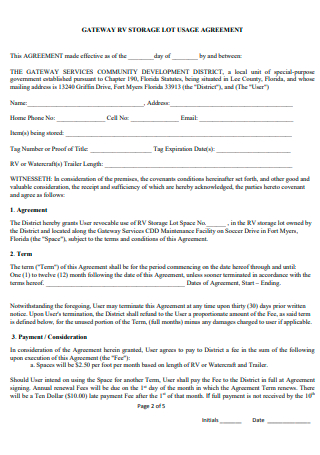
Storage Usage Agreement
download now -
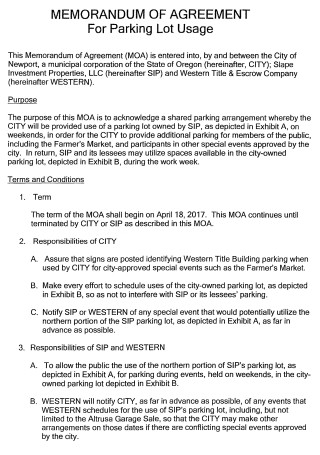
Parking Lot Usage Agreement
download now -
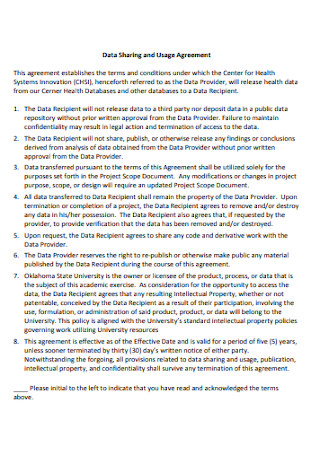
Data Sharing and Usage Agreement
download now -
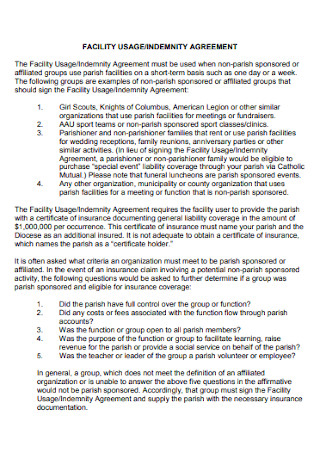
Facility Usage Indemnity Agreement
download now -
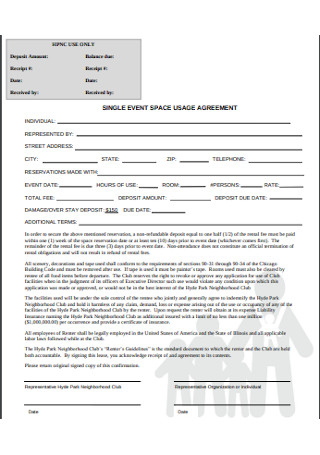
Single Event Space Usage Agreement
download now -
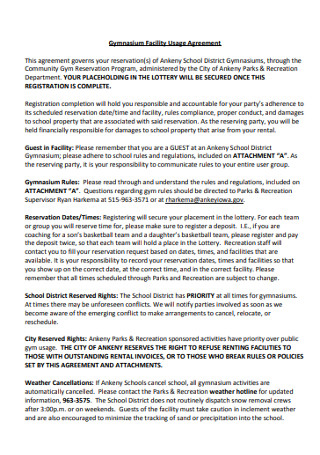
Gymnasium Facility Usage Agreement
download now -

Confidentiality and Data Usage Agreement
download now -
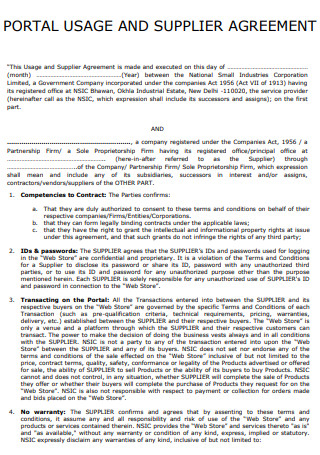
Portal Usage and Supplier Agreement
download now -
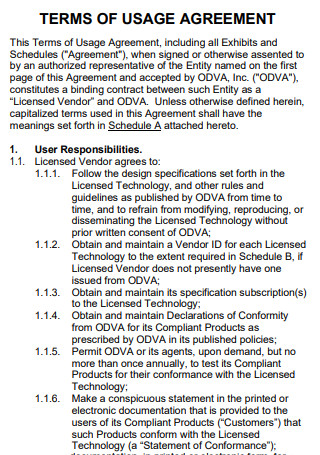
Terms of Usage Agreement
download now -
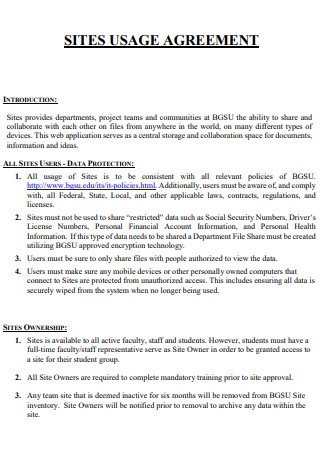
Site Usage Agreement
download now -
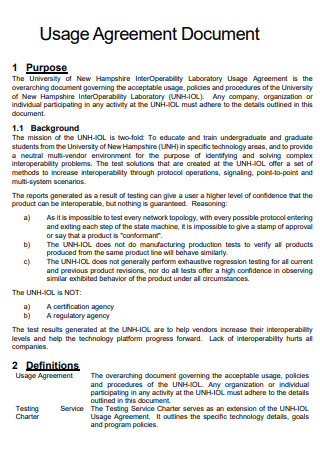
Usage Agreement Document
download now -
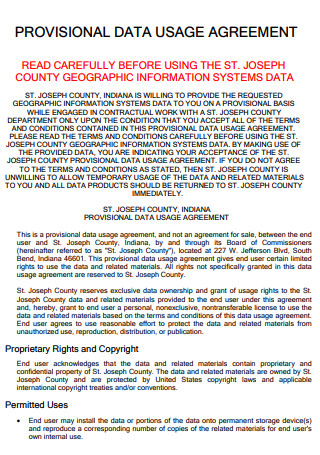
Provisional Data Usage Agreement
download now -
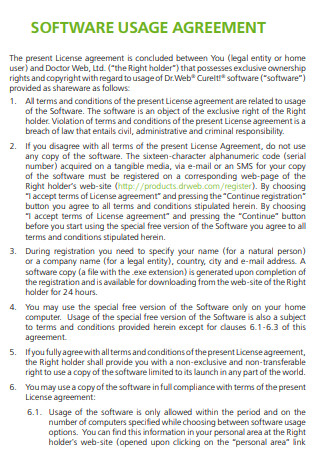
Software Usage Agreement
download now -
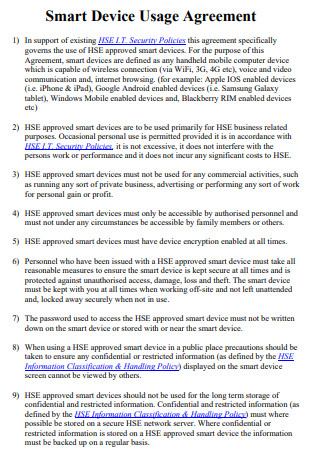
Smart Device Usage Agreement
download now -

Data Usage Agreement
download now -
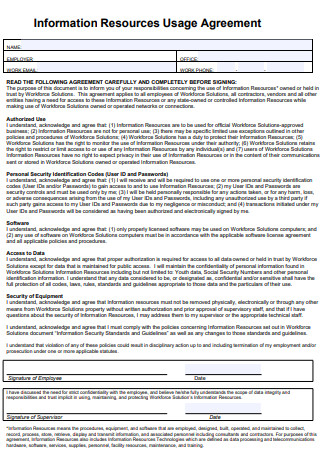
Information Resources Usage Agreement
download now -
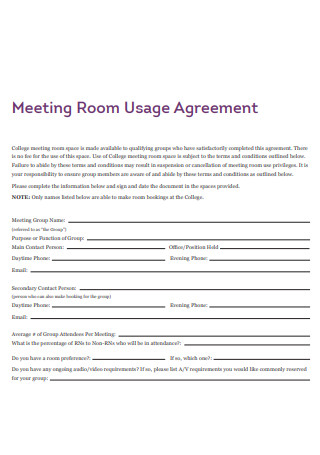
Meeting Room Usage Agreement
download now -
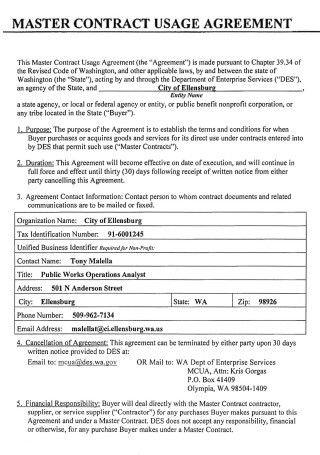
Master Contract Usage Agreement
download now -
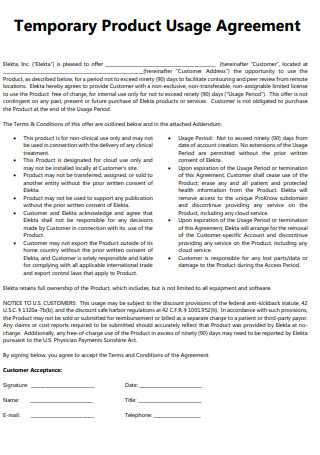
Temporary Product Usage Agreement
download now -

Logo Usage Agreement
download now -
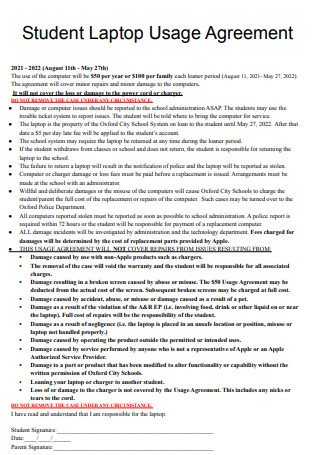
Student Laptop Usage Agreement
download now -
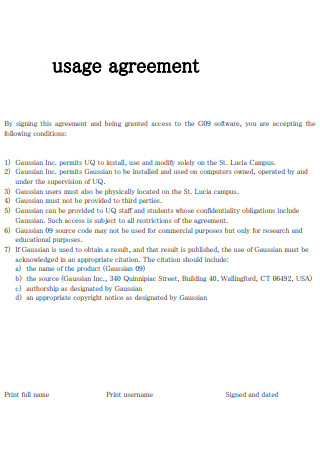
Sample Usage Agreement
download now -
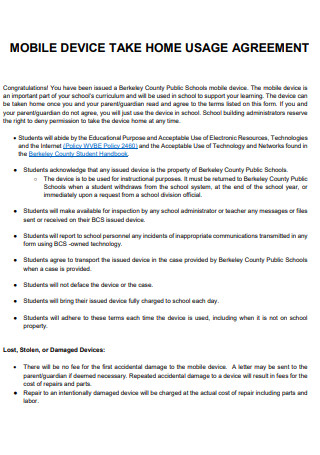
Mobile Device Take Home Usage Agreement
download now -
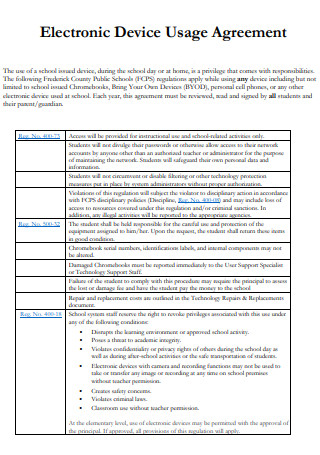
Electronic Device Usage Agreement
download now -
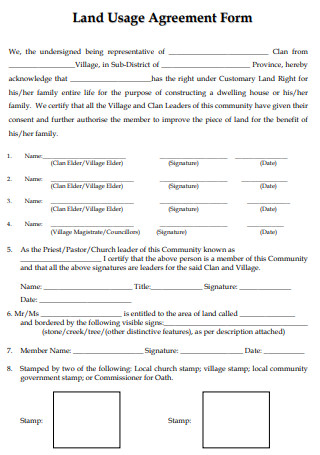
Land Usage Agreement Form
download now -
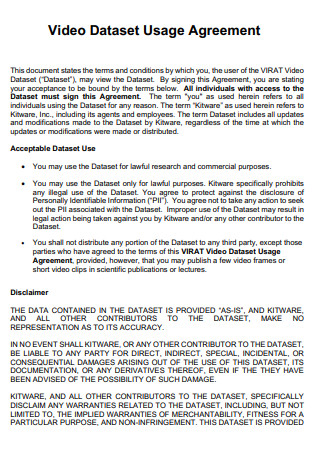
Video Dataset Usage Agreement
download now -
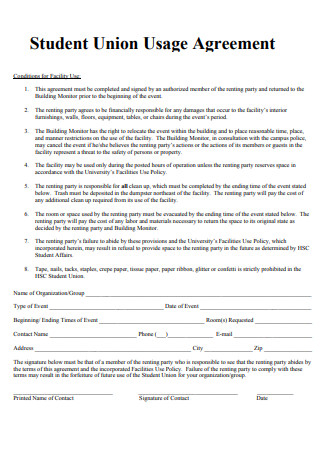
Student Union Usage Agreement
download now -
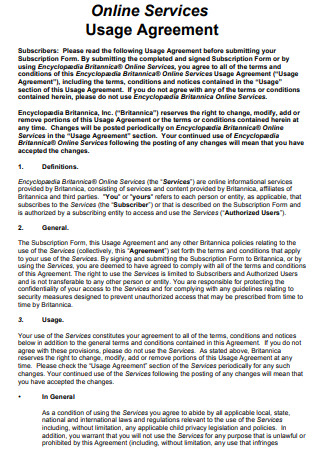
Online Services Usage Agreement
download now -
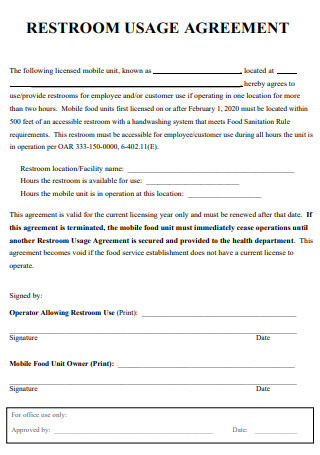
Restroom Usage Agreement
download now -
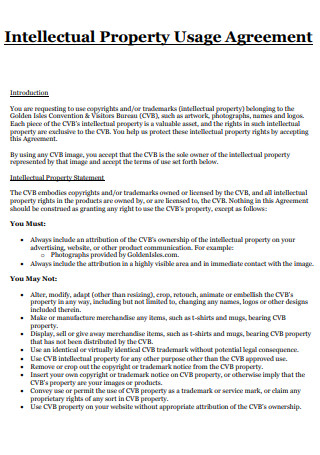
Intellectual Property Usage Agreement
download now -
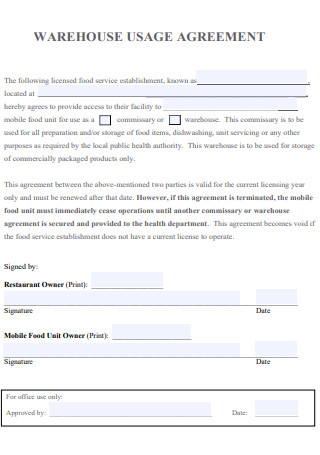
Warehouse Usage Agreement
download now -
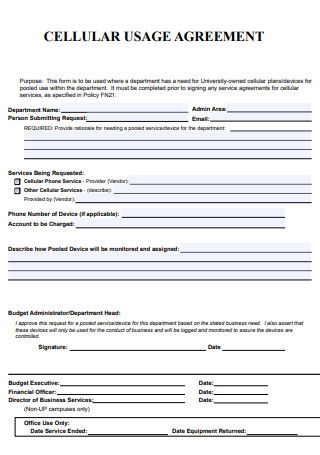
Cellular Usage Agreement
download now -
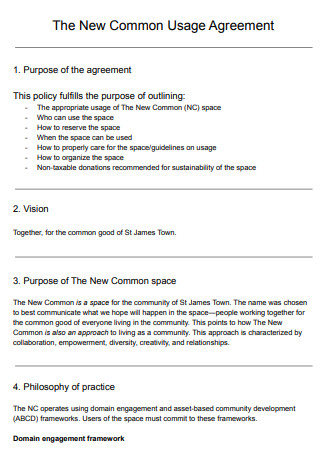
Common Usage Agreement
download now -
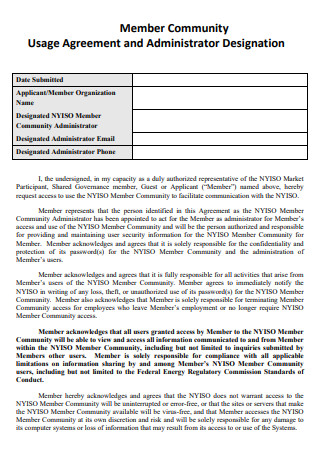
Member Community Usage Agreement
download now -

Simple Usage Agreement
download now -
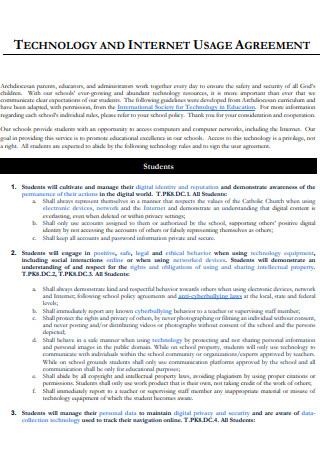
Technology and Internet Usage Agreement
download now -
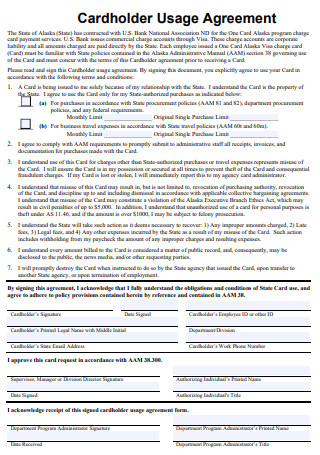
Cardholder Usage Agreement
download now -
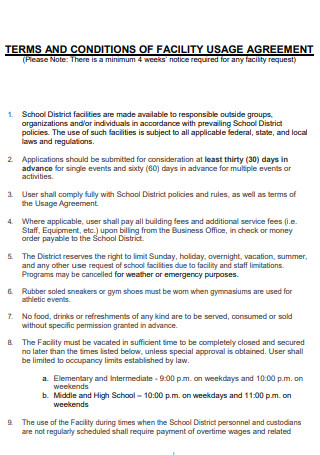
Facility Usage Agreement
download now -
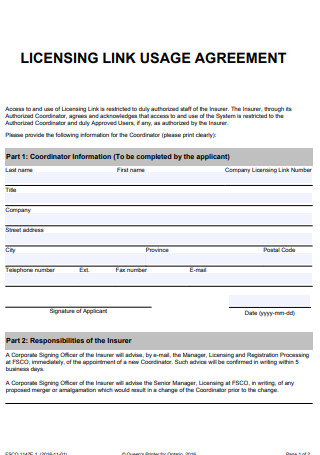
Licensing Link Usage Agreement
download now -
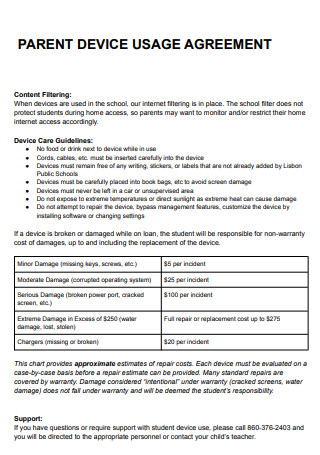
Parent Device Usage Agreement
download now -
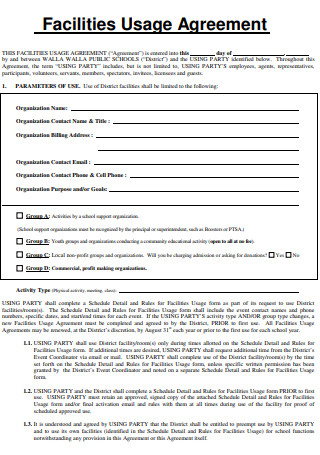
Facilities Usage Agreement
download now -
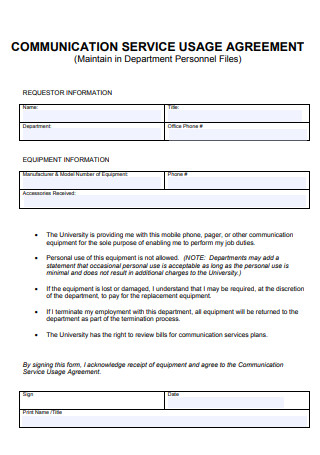
Communication Service Usage Agreement
download now -
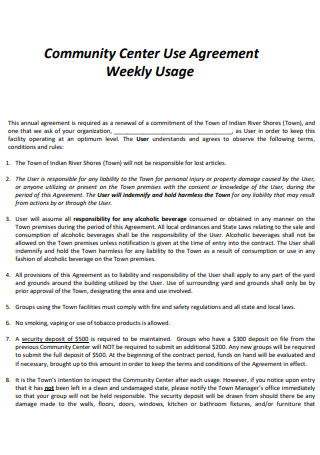
Community Center Use Agreement
download now -

Materials Usage Agreement
download now -
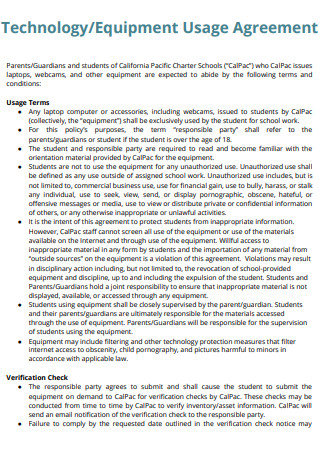
Equipment Usage Agreement
download now -
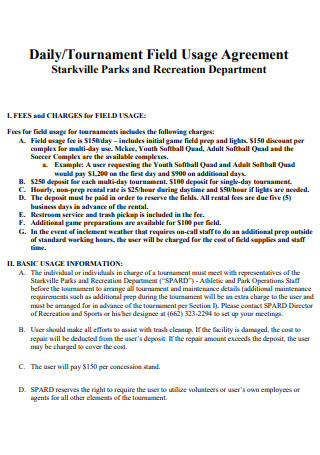
Daily Tournament Field Usage Agreement
download now -
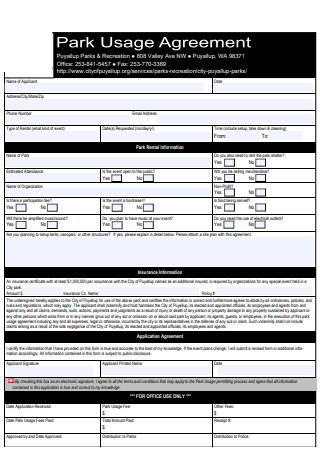
Park Usage Agreement
download now -
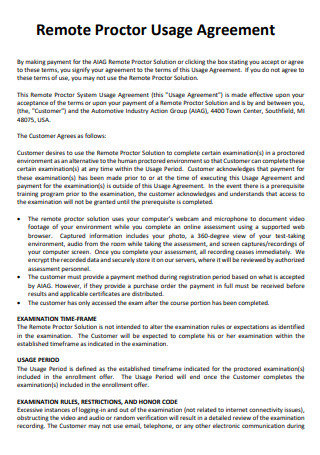
Remote Proctor Usage Agreement
download now
What Is a Usage Agreement?
A usage agreement is a written document that specifies the extent to which information, facilities, or objects may be used. Additionally, it states the length and restrictions on its use. It binds all parties involved in the legal ramifications of damage and misuse. It outlines the terms and conditions of use, as well as the user’s duties. It informs any user of anything collected when they use it, such as their information.
Types of Usage Agreements
Usage agreements serve as a safeguard. It can be applicable in many areas. As an example, consider a software license agreement. The usage agreement serves as a disclaimer and notification to the user. It places the user in charge of protecting their own data. Or that there is an implication that it will be stored after it is collected. Or, in the case of an equipment use agreement. In the agreement, the user may be assigned responsibility for equipment maintenance. These are only two examples of how a usage rights agreement might be used. Let’s get into further detail below.
Advantages of Usage Agreement
It is usually preferable to have a formal agreement that allows any transaction. It eliminates the possibility of misunderstanding and misinterpretation. Even better, it is mutually agreed upon. As a result, all persons involved are held accountable and informed. That holds true for every arrangement. Specifically, to a usage agreement. Let’s look at other advantages down below.
How To Make a Usage Agreement
Many usage agreements must be comprehensive. It should cover all the grounds that the user should be aware of. Not only does it prevent exploitation, but it also serves as a warning. It notifies both parties of their limitation and obligation as it implements constraints. How to create a usage agreement? Well, let’s get into it down below.
-
Step 1. Identify the Resource to be Used
There are various usage agreements, and they all differ when it comes to the resource to be used. When it comes to various resources, there are nuances. As a reason, it is subject to a variety of restrictions and constraints. Identify the resource first before creating or drafting the usage agreement. Every piece of substance and detail would revolve around it. Consider what the situation calls for at the time. Or where the use agreement have to be applied
-
Step 2. Identify Parties Involved
In any usage agreement, there are just two parties: the user and the owner. Both must now be named because their approval is required in the agreement. Not only that, but third parties or any intermediary person cannot be held liable. It should not be used to shift liability to someone who is simply part of a negotiation. However, the agreement should specify and clarify whose parties are A and B. It simplifies the use of usage agreement template.
-
Step 3. Set Terms and Conditions
The agreement must include usage terms such as how it can be used and its restrictions. When it comes to the start and end dates, there must be precise definitions. Or who is permitted to use the resource. It will also explain how and why it will be used by the user. Furthermore, the condition must specify the implications of damage. Alternatively, the effects when agreement is breached and terminated by any party. Or what qualifies as natural and premature termination. Simply put, it explains liabilities.
-
Step 4. Billing and Other Services
Payment is implied due to the usage. As a result, the user is charged for the use of resource. Along with any extra services that are available upon usign. The agreement must specify the amount, the frequency of payments, and the due dates. It will explain in detail what other services are available to the consumer. It is usually something extraneous.
FAQS
Why Is a Usage Agreement Important?
A usage agreement specifies the user’s obligations and responsibilities. It establishes the penalties of damage and breach. Overall, it links the user and the owner to a mutually beneficial agreement. As a result, it is critical, particularly in sensitive matters involving the usage of a resource. Or the resource being used, such as customer data and information. It’s informative and binding. And those are the reasons why it is important in the first place.
What Is the Purpose of Usage Agreement?
A use agreement’s purpose is to notify both parties, primarily the user, of the agreed-upon terms for using the resource. These parameters include the usage duration, how to use the resource, and who can use it. It also elucidates the immediate impact upon using. Its goal is to enlighten and bind both parties to an agreement.
What Is an Example of Usage Agreement?
There are many usage agreement example as shown above. A simple facility or building use agreement is an example of a usage agreement. Others involve the use of equipment for a particular purpose or project. A common internet usage agreement is regarding utilization of user information.
Nowadays, the utilization of any resource necessitates surveillance and accountability. This is because excessive use may do more harm than good. A simple usage contract could lead to an agreement on the terms of use and their implications. It makes all parties aware of their responsibilities. To illustrate, why not use the above-mentioned sample usage agreement? Get it now!
